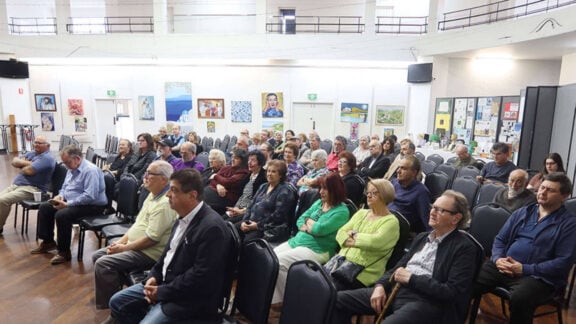The Thessaloniki International Film Festival conducted a large-scale study into children’s cinema in Southeast Europe.
The study, titled “Films for Kids in Southeast Europe: The State of Play”, focuses on data and information from 12 countries in order to explore issues such as the number of films produced, how many of them reach local cinemas and which directors are actually involved in cinema for youngsters.
Producer and consultant Eleni Chandrinou is gathering evidence from Albania, Bulgaria, Bosnia and Herzegovina, Croatia, Cyprus, Greece, Kosovo, Montenegro, North Macedonia, Romania, Serbia and Slovenia. Already, results show that output is low as only 17 of the 1,088 films produced in the region from 2012-2017 were billed as family movies suitable for a younger audience.
READ MORE: Screen Australia responds to reasons why there are less Greeks on Australian screens
Only Greece and Slovenia have schemes funding such productions. For instance, the Greek Film Centre earmarked 20 per cent of its annual budget to such films, however only one application for funding was made since it became available.
The results were in stark contrast to the situation in Germany and the Netherlands where the children’s film industry is flourishing, and this is reflected in the number of productions made.
Chandrinou said: “The study started from the impression that not that many children’s films are being produced in Southeast Europe. So we wanted to see if that was true or not, and why. Unfortunately, what we found, based on numbers, turned out to be far worse than our original impression. This is a crucial problem, regardless of which point of view you look at it from, since the movies that children watch can affect both their perception of the world and their taste. Then, children’s films are usually successful commercially, so what is the reason for them not being produced locally?”
READ MORE: Why aren’t Greeks cool anymore?
The Thessaloniki International Film Festival hopes to educate children in the field of cinema through a special screening programme, titled Kids Love Cinema, as well as other educational activities. “Our experience in the field of the film industry, coupled with our profound interest in younger audiences, led us to investigate the scarcity of children’s films being produced in Southeast Europe. The study is the first of its kind, at least to our knowledge. It started in the summer of 2018, in an effort to understand the landscape of film production for children and young audiences (of between six and 12 years old) in Southeast Europe,” said Elise Jalladeau, the festival’s general director.
The study gathered evidence from national film centres, the European Audiovisual Observatory and other areas.









